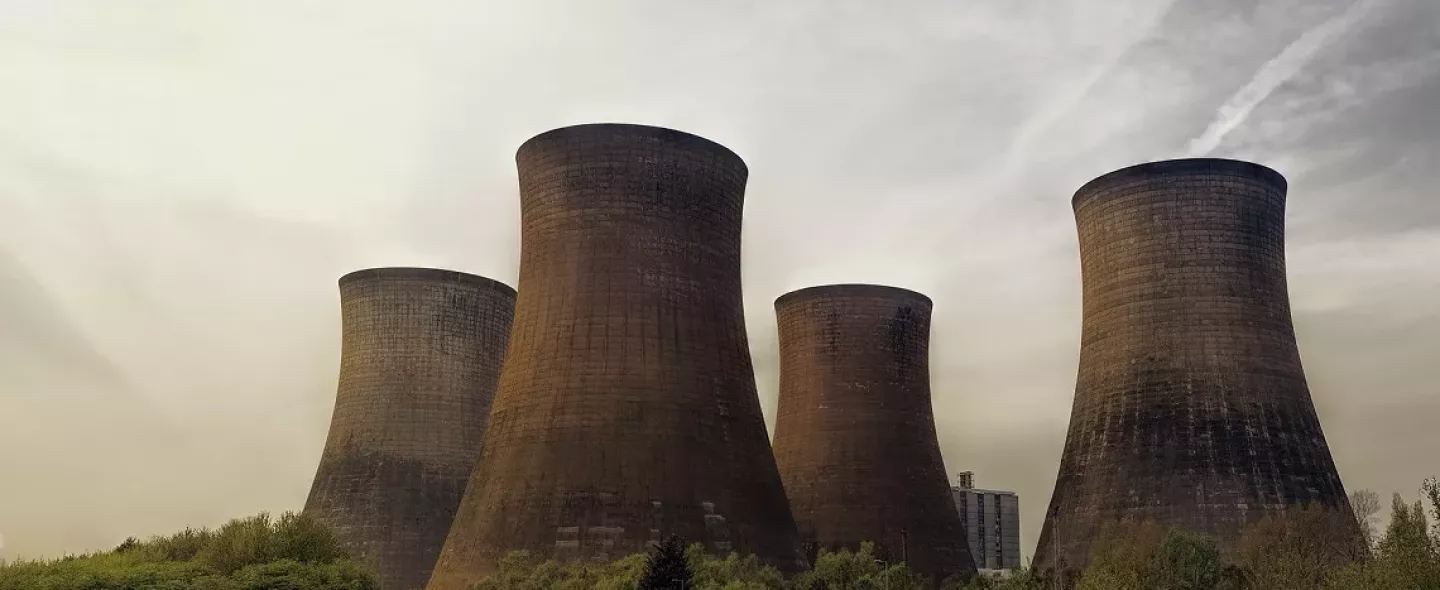New Ionising Radiation Regulations (IRR17) came into effect on 1 January 2018, replacing the IRR99 regulations.
The Ionising Radiation Regulations last saw a change in 1999, where IRR85 was reviewed and updated to ensure a development to radiological protection.
The new document updates and clarifies the IRR99 regulations – it does not rewrite the document – making important changes for anyone working within the ionising radiation environment. The updates are a result of the implemented EU Basic Safety Standards Directive (BSSD) derived from Euratom for radiological protection.
As part of the process, a consultation period between February and March 2017 allowed the industry to pass comment on the new regulations. Below is a summary of the main updates to IRR17:
What are the main changes?
One of the main updates to IRR17 is how you inform the Health and Safety Executive (HSE) of your work with ionising radiation.
Even if you have already notified the HSE, you will still need to apply to notify, register and get consent for your work with ionising radiation. This graded, risk-based approach follows the below stages:
- Notify (lowest risk)
- Register (medium risk)
- Consent (highest risk)
Notifying the HSE about your work with ionising radiation has no cost and the notification does not have an expiry date. Notification is needed for each practice; if you have multiple sites, you may only need to notify the HSE once to cover the same practice. To register radiation practice with the HSE, the cost is £25 with renewal required every five years.
Consent (otherwise referred to as licensing or approval) requires additional information beyond that required for the registration application, costing £25 with annual renewal. If a company owns several sites at different geographical locations, a consent application is required for each.
To be compliant with IRR17, the HSE required all completed notifications, registrations and consent applications to be submitted by 6 February 2018.
The second major change is the reduction in the dose limit for exposure to the lens of the eye – the Directive introduces a reduction of equivalent dose from 150 mSv to 20 mSv in a year.
As an update, not a re-write, these two major changes are most likely to affect those working with ionising radiation. However, other changes and updates include:
- The term ‘Radiation Employer’ ceased to exist under IRR17, and has been replaced with ‘an employer who carries out a practice that involves ionising radiation’.
- An estimate of radiation dosage that may impact the public will need to be completed. This refers to all employers who carry out a radiation practice, and mainly impacts those companies who transport radioactive material and / or those undertaking site radiography.
- Dose records will no longer be retained for 50 years, with a reduction to retention for only 30 years.
How can I prepare for the change?
To accommodate the updates to IRR99 and ensure you are fully compliant under IRR17, you must have submitted notification, registration or consent applications by 6 February 2018.
Before commencing a new activity involving ionising radiation, where no risk assessment has previously been made by the employer, a suitable and sufficient risk assessment must be conducted to identify the risk to employees. From which, necessary measures to restrict radiation exposure must be implemented.
Work with ionising radiation can only be conducted following identification of all hazards that have potential to cause radiation accident, as well as evaluation to the magnitude of risks to employees.
To further restrict exposure to ionising radiation, all employers must take responsibility to train employees, providing information, instruction and necessary equipment to take all reasonable and practical steps to reduce radiation risk.
How will this affect the nuclear sector?
For those working in the nuclear sector, it is highly likely that the industry needs to apply for consent – the highest risk. Within this category, working practices include:
- Industrial irradiation
- Industrial radiography
- Operation, decommissioning or closure of any facility for the long-term storage or disposal of radioactive waste
- Discharge of significant amounts of radioactive material with airborne or liquid effluent into the environment
Under the IRR99, workplaces that contain naturally occurring radioactive material (NORM) must take action to limit radiation exposure to their employees and other persons working with radioactive materials.
If an employee is expected to receive exposure over 1 mSv annually, the IRR99 regulations apply meaning employers must determine the likelihood of exposure through a health and safety risk assessment. Necessary steps should be taken in order to comply with exposure restriction.
Is there an Approved Code of Practice for IRR17?
The IRR17 Approved Code of Practice (ACOP) offers guidance to help employers comply with duties under IRR17. You can find the HSE IRR17 ACOP here.
Compliance support from SOCOTEC
SOCOTEC is able to provide sampling teams, testing services and radiation consultancy to a variety of customers including government agencies, water companies, nuclear decommissioning contractors and environmental consultancies.
With cutting-edge equipment, SOCOTEC can determine levels of radiation within a given sample, ensuring clients receive accurate analytical data regarding the presence of radiation in their materials - to support of nuclear-decommissioning projects and in association with contaminated land.
SOCOTEC’s bioassay work at the laboratory is approved under the Ionising Radiation Regulations of the HSE. For more information on SOCOTEC’s radiochemistry services, or how to be compliant with IRR17, please click here or contact us.



